With 40 museums clustered in its 37 square kilometres, Basel is a Mecca for art lovers all year round. The Kunstmuseum Basel is one of the oldest museums in the world, with origins dating back to the 17th century. Home to more than 300,000 works of art spanning eight centuries, it bears witness to the generations of prosperity and stability the city has enjoyed, largely uninterrupted by the wars and disasters that have devastated museums in other parts of the world. ‘Europe.
Basel’s rich history of commerce and industry helped Ernst Beyeler grow from humble beginnings to become one of the world’s greatest art dealers. With his wife, Hildy Beyeler, he amassed an extraordinary personal collection of modern art. This has been housed since 1997 in the Renzo Piano-designed Fondation Beyeler in Riehen on the outskirts of the city – arguably one of the finest museums in the world. Visitors can board a 25-minute tram ride from Basel’s main train station (15 minutes from Messeplatz just outside Art Basel).
Between these two museums, there is something for everyone. But visitors who love their very old art will also appreciate the Antikenmuseum Basel, the largest collection of antiquities in Switzerland. Those looking for the ultra new, preferably digital, should head to the HEK (House of Electronic Arts), which offers crypto brunches and “create your own avatar” workshops. For interactive and offbeat art, look no further than the Tinguely Museum, dedicated to the Basel pioneer of kinetic sculpture (whose mechanical fountain in front of the theater is also a city landmark.)
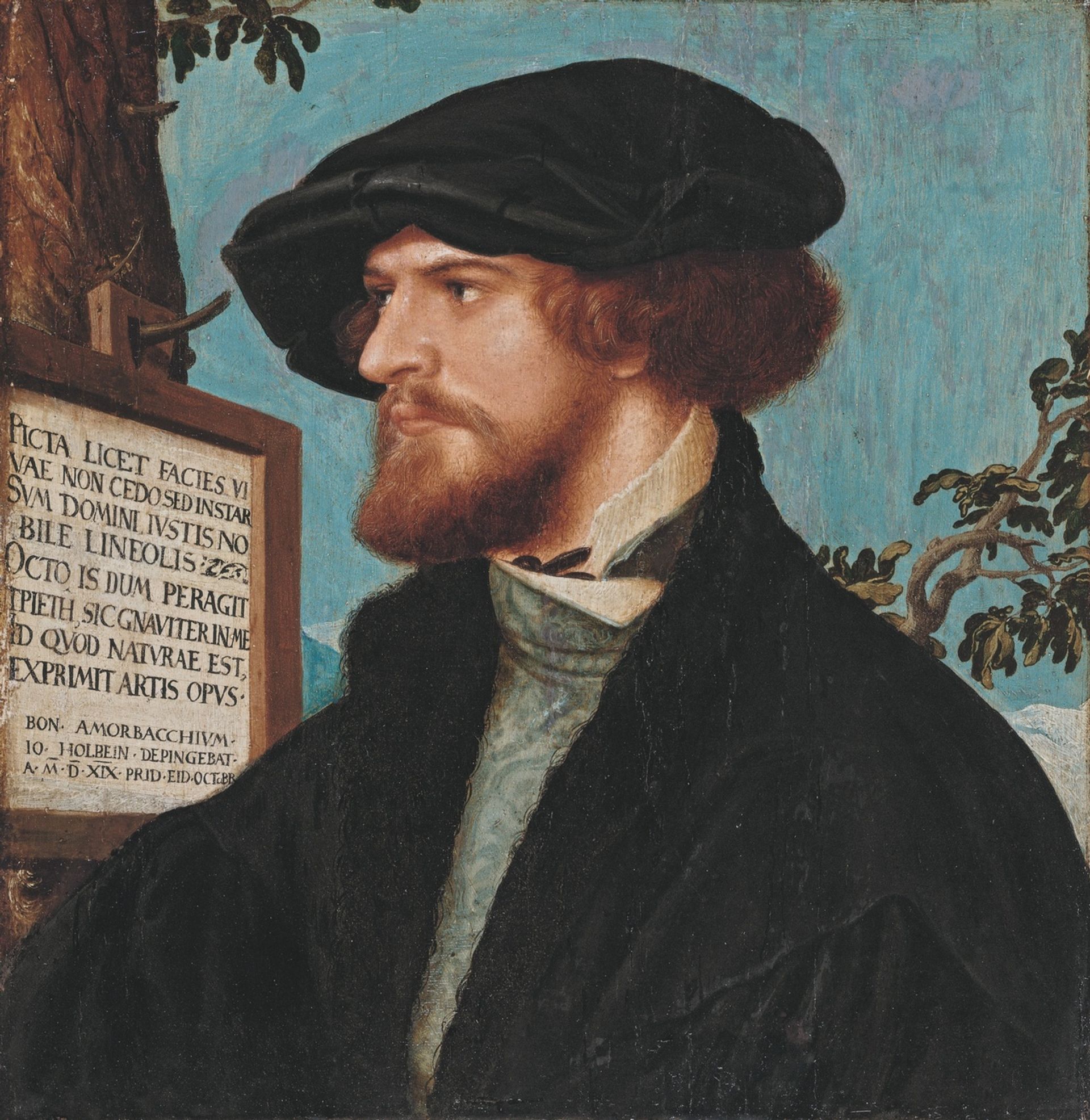
Holbein’s Portrait of Bonifacius Amerbach (1519) Kunstmuseum Basel, Martin P. Buhler
Hans Holbein the Younger Portrait of Bonifacius Amerbach (1519), Kunstmuseum Basel
It is difficult to overstate the importance of this portrait for Basel. Before settling in England and becoming Henry VIII’s court painter, Hans Holbein the Younger lived in the Swiss town from 1515 to 1532. He counted Bonifacius Amerbach, son of a Basel printer, and the Dutch philosopher Erasmus (whose portrait by Holbein is also in the Kunstmuseum) among his friends. The city purchased the Amerbach collection in 1661, laying the foundation for the Kunstmuseum. The 15 Holbein portraits in the collection included this depiction of Amerbach as a young man, about to leave for plague-ravaged France to continue his legal studies.

by Konrad Witz Saint Barthélemy of mirror of human salvation altarpiece (around 1435), Kunstmuseum Basel
The 15th century German painter Konrad Witz, who spent most of his life in Basel, is believed to have created the mirror of human salvation Altarpiece in the Church of St Leonhard. The altarpiece was at one time sawed into sections and two panels are missing from the set now in the Kunstmuseum. The figure of St. Bartholomew, which figured outside, exemplifies Witz’s mastery of light and shadow.
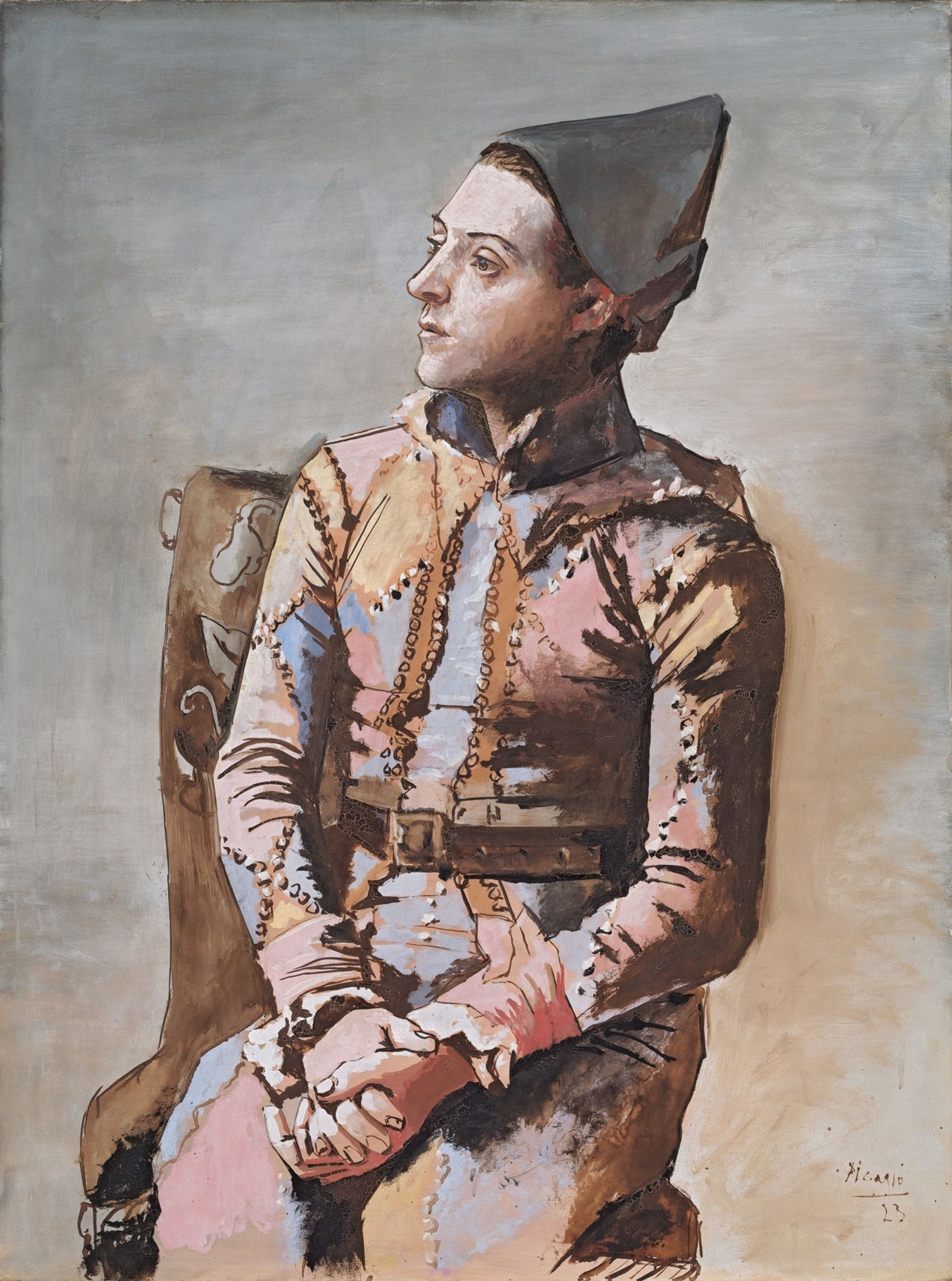
by Picasso sitting harlequin (1923) Kunstmuseum Basel, Martin P. Buhler / © ProLitteris, Zurich
by Pablo Picasso sitting harlequin (1923), Kunstmuseum Basel
Part of a series of harlequins that Picasso painted using the same model and costume given to him by Jean Cocteau, this is perhaps one of the most democratically won works of art Of the history. In 1967, the businessman who had lent it to the Kunstmuseum, Peter Staechelin, found himself financially responsible for a fatal plane crash. He decided to sell sitting harlequin and another Picasso on display at the museum, The two brothers (1906). Local residents campaigned passionately for the city to buy the paintings – slogans included “All You Need is Pablo” – and the “yes” vote won a referendum later that year. Picasso was so moved that he donated four more works to Basel.
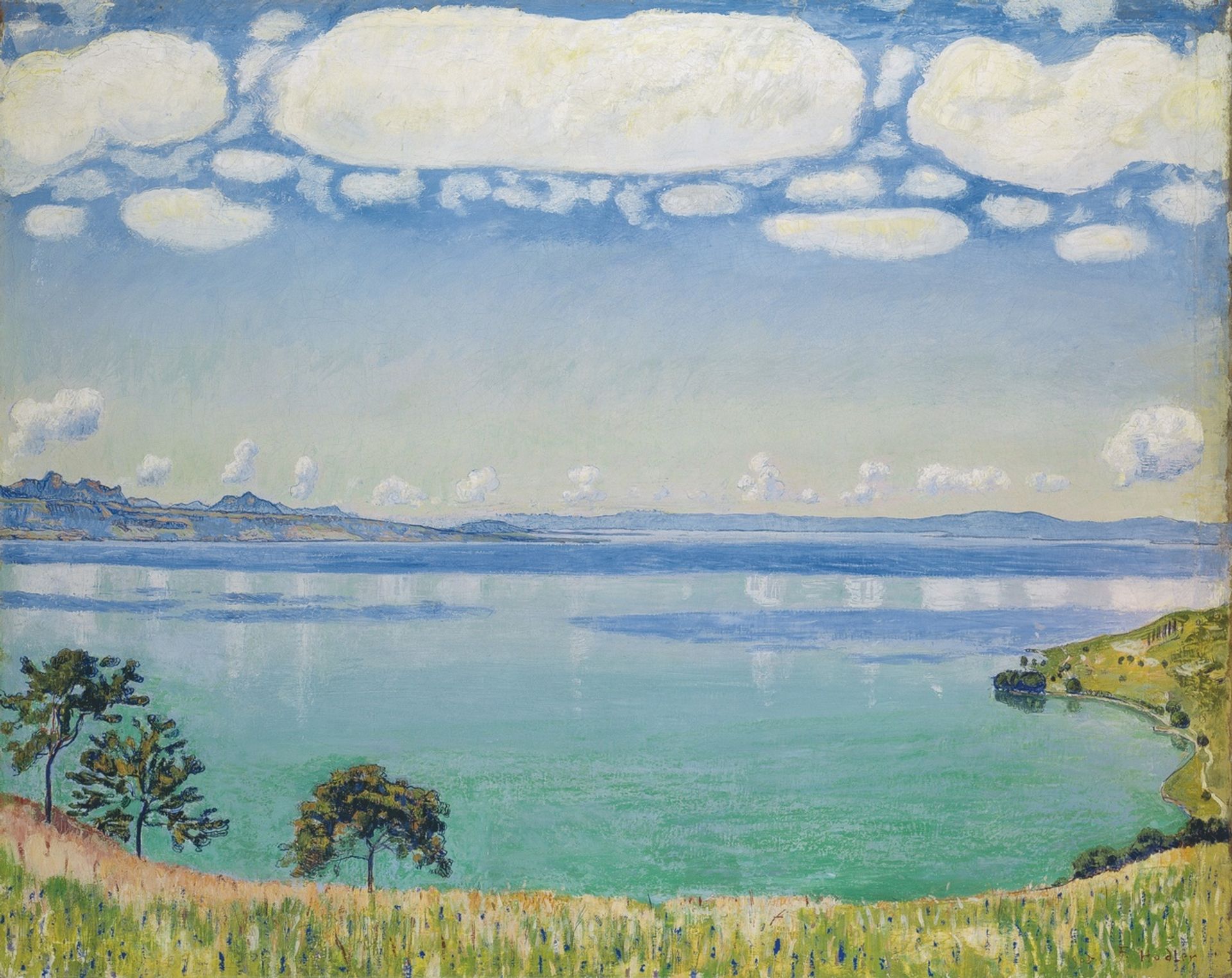
Ferdinand Hodler Lake Geneva, seen from Chexbres (1905), Kunstmuseum Basel
Although today he is perhaps the closest Switzerland has to a “national painter”, Ferdinand Hodler was an artist’s artist during his lifetime. A pioneer who paved the way for expressionism for many young painters, he struggled financially until the early 20th century. Hodler’s enigmatic Symbolist paintings of people have fared less well on the art market than landscapes like this – one of a series of 13 paintings he made in Chexbres, a village between Lausanne and Montreux.
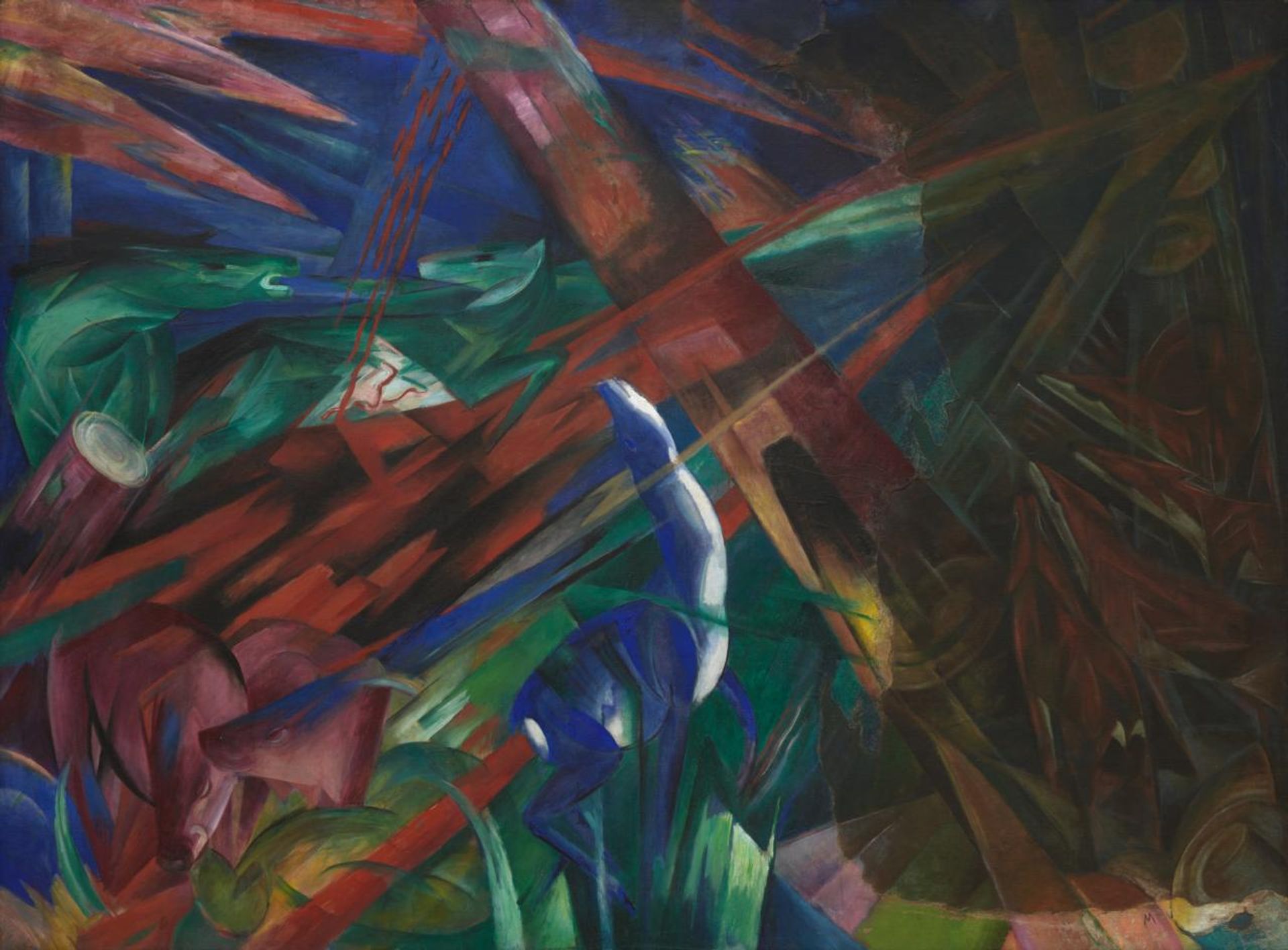
At Franz Marc’s animal destinies (1913) Kunstmuseum Basel, Martin P. Buhler
At Franz Marc’s destiny animals (1913), Kunstmuseum Basel
This masterpiece by German Expressionist Franz Marc is an apocalyptic vision that almost seems to anticipate its own turbulent history. Trees are ripped from the ground and flying horses foam at their mouths in a canvas painted a year before the outbreak of World War I. Marc was killed by a grenade during the Battle of Verdun in 1916. A year after his death, the painting was damaged in a fire. Marc’s friend Paul Klee restored it carefully, using muted browns to distinguish his work from the original bright blues, reds and greens. The Nazis confiscated the painting as “degenerate” art from a museum in Halle, Germany. Basel acquired it from art dealer Hildebrand Gurlitt, who worked with the Nazis, in 1939.
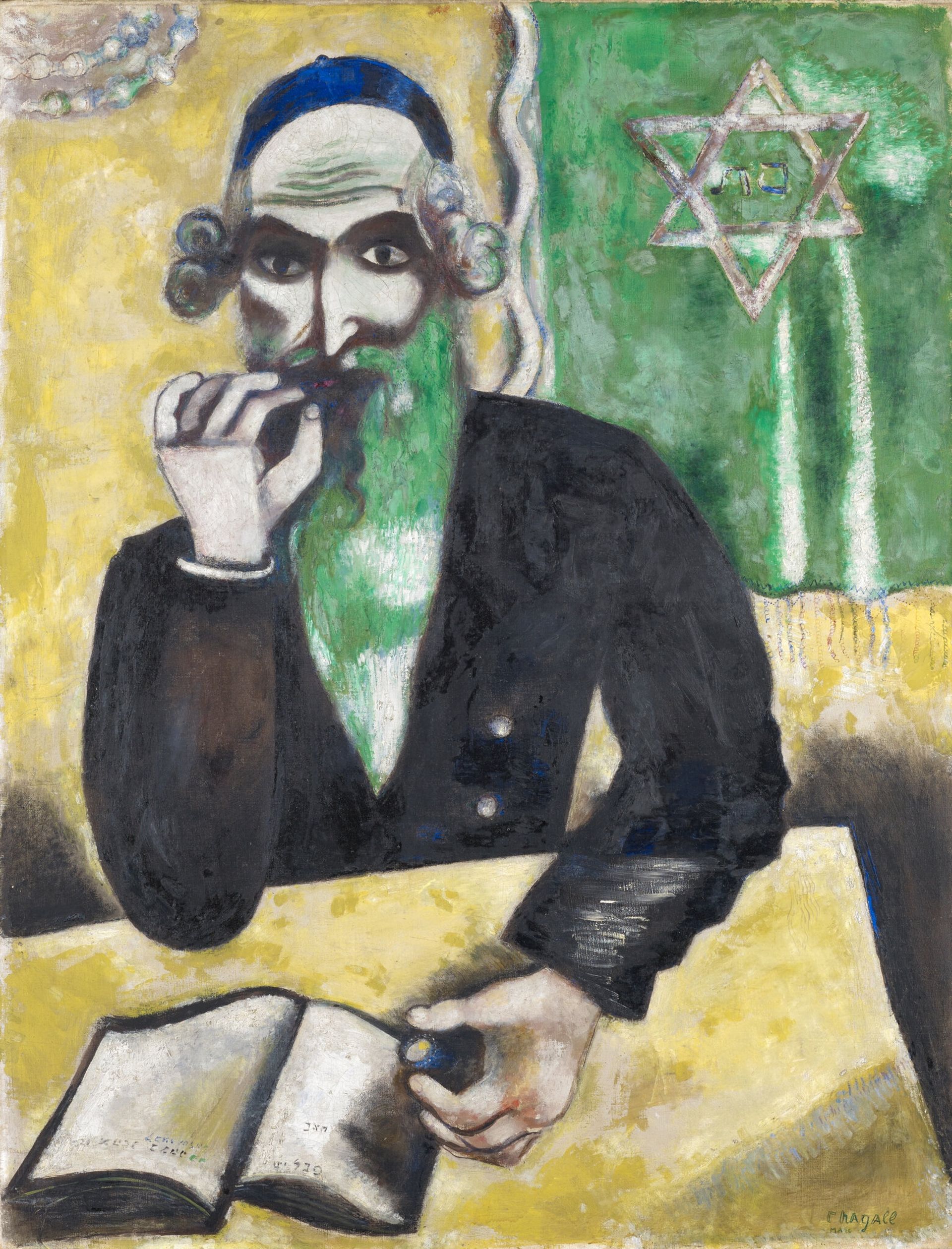
Marc Chagall The pinch of snuff (rabbi) (1923-26) Kunstmuseum Basel / © ProLitteris, Zurich
Marc Chagall The pinch of snuff (rabbi) (1923-26), Kunstmuseum Basel
Georg Schmidt, the savvy director of the Kunstmuseum who bought animal destinies, also bought this vibrant portrait of Chagall at a Lucerne auction of “degenerate” art confiscated from German museums. The painting had previously been wheeled around Mannheim on a cart and displayed in shop windows to incite the public to mock. Schmidt recognized it as one of Chagall’s best works. Like many paintings produced during the artist’s second stay in Paris, it recalls his pious Jewish upbringing in his native Russia.

by Sophie Taeuber-Arp Balance (1934) Kunstmuseum Basel, Martin P. Buhler
by Sophie Taeuber-Arp Balance (1934), Kunstmuseum Basel
The dazzling artistic palette of Sophie Taeuber-Arp has been the subject of a exhibition at the Kunstmuseum in 2021, encompassing puppets, beaded bags, cushion covers, rugs, stained glass, jewelry, costumes, architectural designs and performance art. The collection of the Kunstmuseum has several of his precisely balanced yet playful abstract paintings.
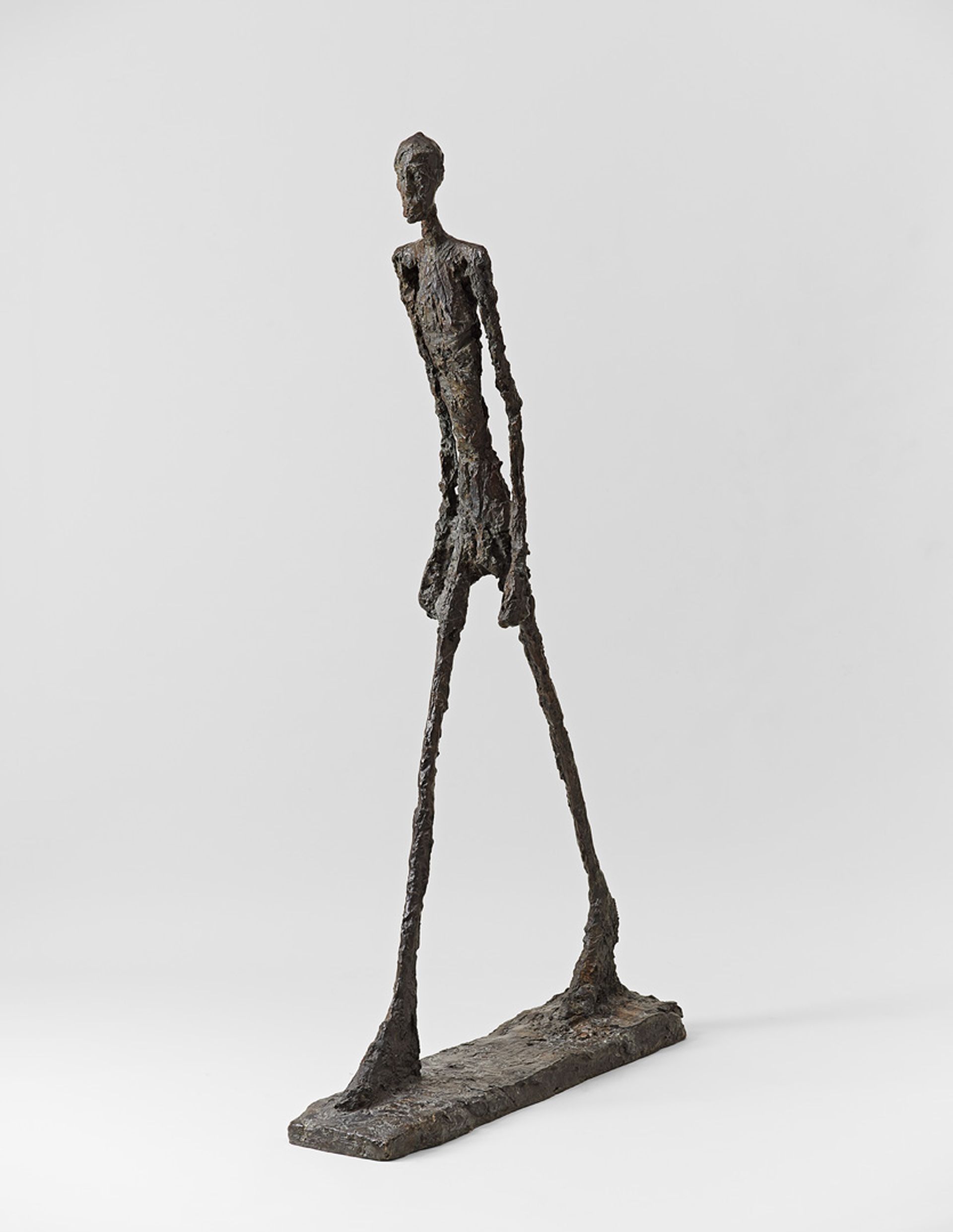
by Alberto Giacometti Walking Man II (1960), Beyeler Foundation, Riehen
Alberto Giacometti’s spindly but dynamic bronze sculpture of a deliberately walking man once adorned the Swiss 100 franc note. The Swiss artist originally created the work as part of a public monument project at Chase Manhattan Plaza in New York, but he was unfamiliar with the city and the skyscrapers. Confounded by the scale of the sculptures against the imposing backdrop of Manhattan, he abandoned the commission.
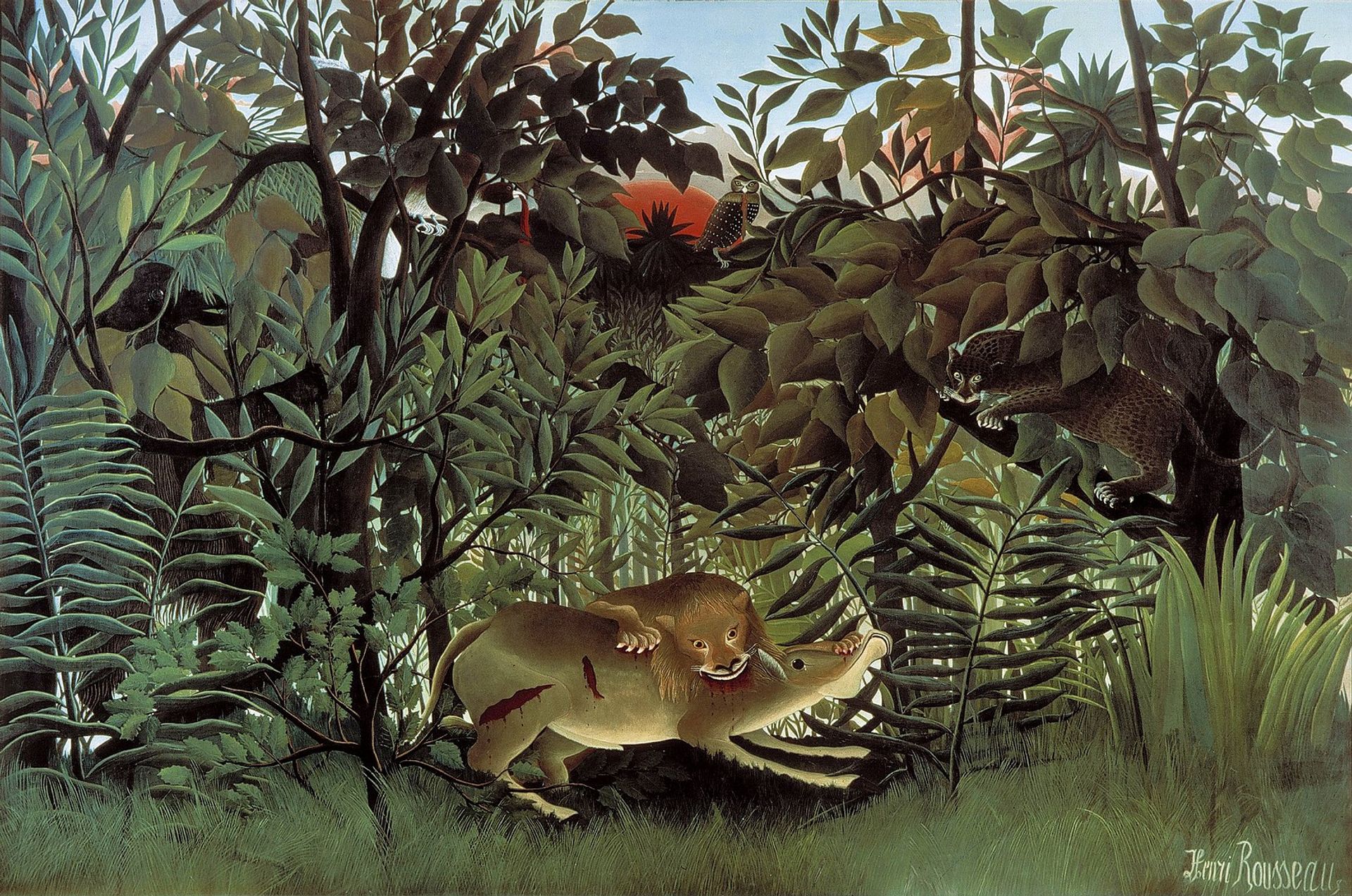
by Henri Rousseau The hungry lion pounces on the antelope (1898/1905), Beyeler Foundation, Riehen
Probably painted in 1898, this fantastical jungle with lush ornamental foliage was the first painting by customs officer and self-taught artist Henri Rousseau to be accepted for exhibition at the Paris Salon d’Automne in 1905. It was also the first of his works to reproduce in a magazine and one of the few he managed to sell on the market.
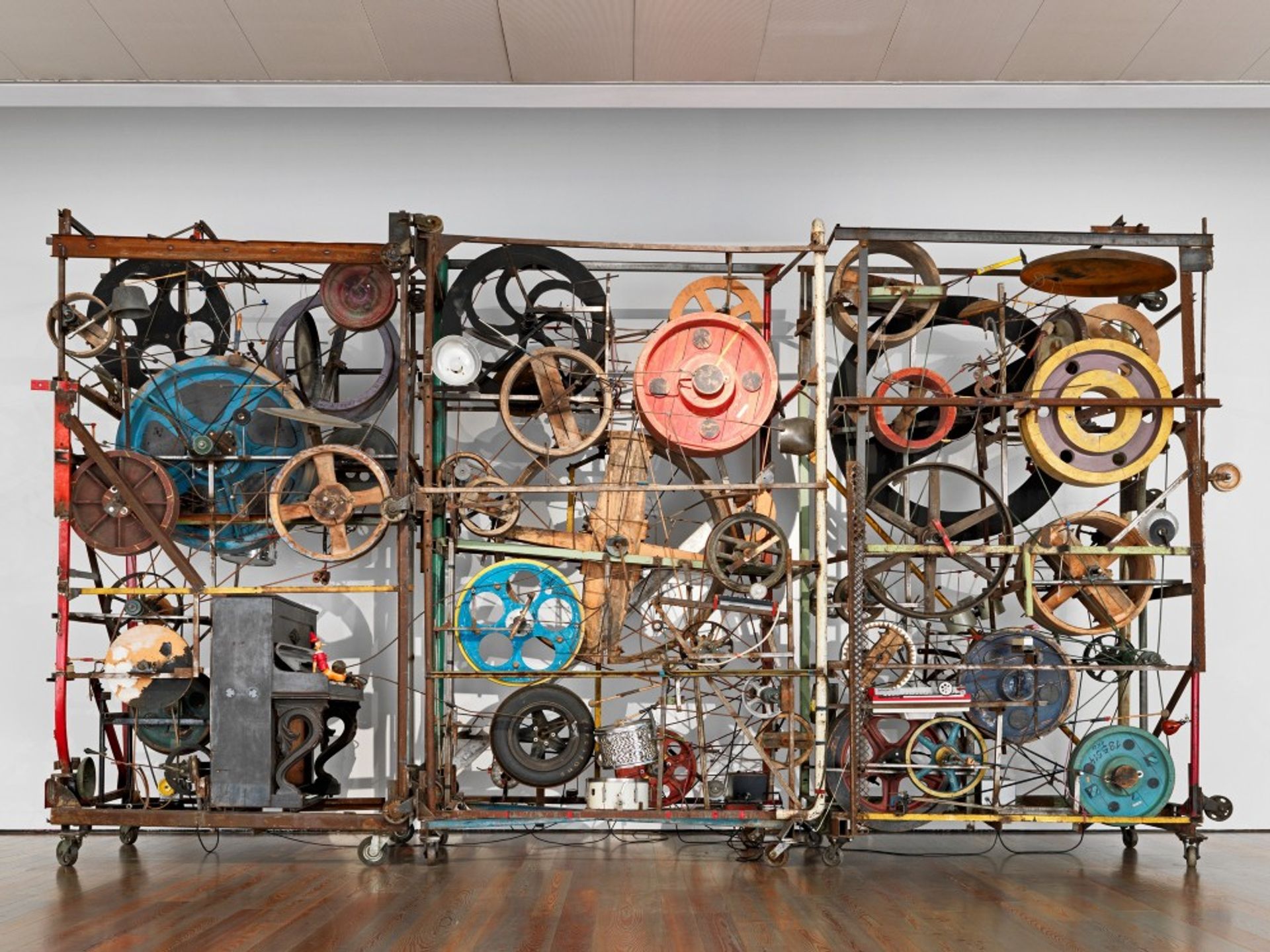
John Tinguely Meta-Harmony II (1979) Emanuel Hoffmann Foundation, permanent loan to Museum Tinguely / © ProLitteris, Zurich
John Tinguely Meta-Harmony II (1979), Tinguely Museum
Jean Tinguely’s rattling, squealing and utterly fascinating kinetic contraption is made up of wheels and cogs, musical instruments including percussion and a piano, and household items such as a clog and a puppet. The sound sculpture is designed to be heard as well as seen – and undergone a complete restoration a few years ago to return it to its original cacophonous state.
